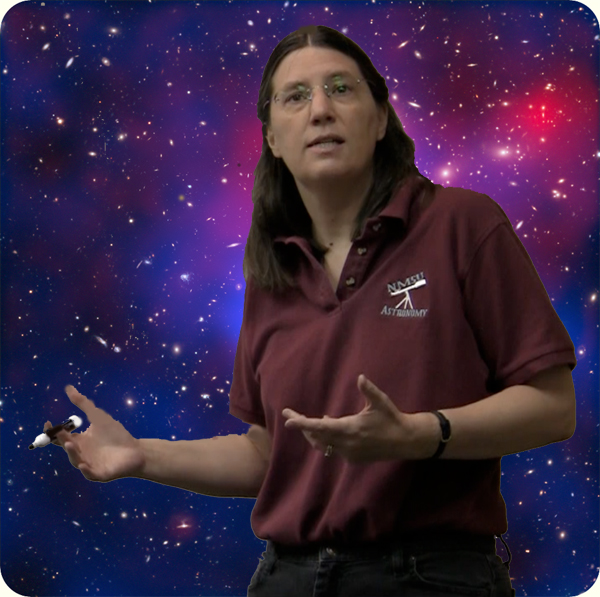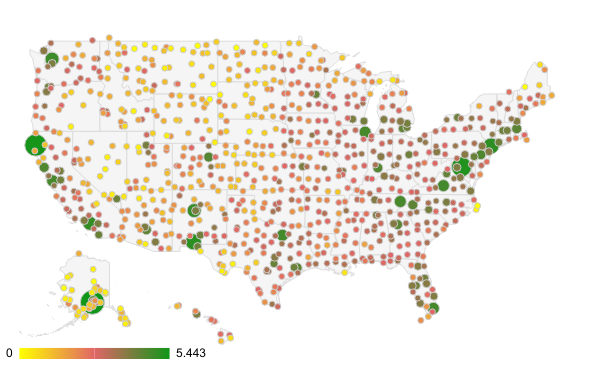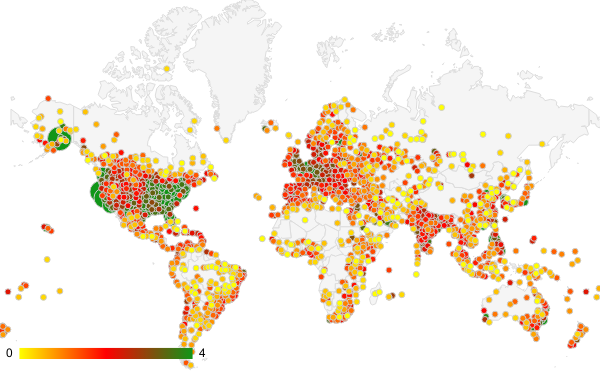The General Education Astronomy Source (GEAS) project is an astronomy education program based at New Mexico State University (NMSU). We have developed a set of resources for traditional and distance-learning undergraduate introductory astronomy courses. These materials aim to increase success for underrepresented students in New Mexico and throughout the world by addressing two key needs. They provide a mechanism for students to review basic math and science and explore current astronomy topics at their own pace, and they allow students whose work and family commitments complicate in-class, on-campus attendance to successfully pursue an accredited laboratory-based science course, mandatory in statewide graduation requirements.

The demand for higher education distance learning laboratory science courses is high in New Mexico, but offerings are limited. There is a strong unmet need, as a substantial fraction of students find it challenging to migrate to university campuses rather than remaining in the surrounding areas, and another fraction have work and family responsibilities which make it difficult for them to attend afternoon and evening class sessions. Historically, astronomy laboratory sections have filled to only 40% when held in the late afternoon or evening at NMSU, while the demand for sections which meet earlier in the day overwhelms the supply. Due to the limited availability of laboratory-appropriate space on campus we are at capacity during early time slots, and thus students who need these courses to graduate may be turned away every semester.
By increasing access to laboratory science courses through distance learning, we can remove a significant barrier to completion of the bachelor's degree in New Mexico. Our program aids in integrating promising New Mexico students with an incipient interest in STEM fields into the college environment, a particularly crucial aid for the large fraction who form the first generation of high school graduates within their families. It can improve retention rates for at-risk students with limited math and science backgrounds, while stimulating interest in the pursuit of Science, Technology, Engineering, and Mathematics (STEM) careers for STEM-field majors. Our materials can also deepen the scientific training for pre-service teachers and thus improve the K-12 educational experience for the next generation of students.
Our program comprises four primary components, based on 26 lecture modules starting with exploration of the solar system and ending with the cosmology of the early universe.
Our staff invites you to learn more about our astronomy education program. We are interested in collaborating with science instructors at four-year institutions and community colleges and in dual-credit high school programs, to extend the reach of astronomy education in the Southwest Border Region and beyond. If you think that you would benefit from using our resources in an educational or outreach setting, or would like to learn more about our program, please contact us.
If you are working with students at any level and think that our materials could help you to continue teaching while dealing with the impact of the COVID-19 coronavirus on your community, please do not hesitate to contact us. We can help you to integrate them into an existing program, and discuss how to use them to teach distance learners (such as students working from home).
Learn more about our program in a 2013 Astronomy magazine article, a 2013 article in the American Journal of Distance Education (A New Resource for College Distance Education Astronomy Laboratory Exercises), and a 2015 article in Cogent Education (An Online Tutor for Astronomy: The GEAS Self-Review Library).


Our materials are used throughout the USA (and beyond), and we are always happy to work with new instructors.

